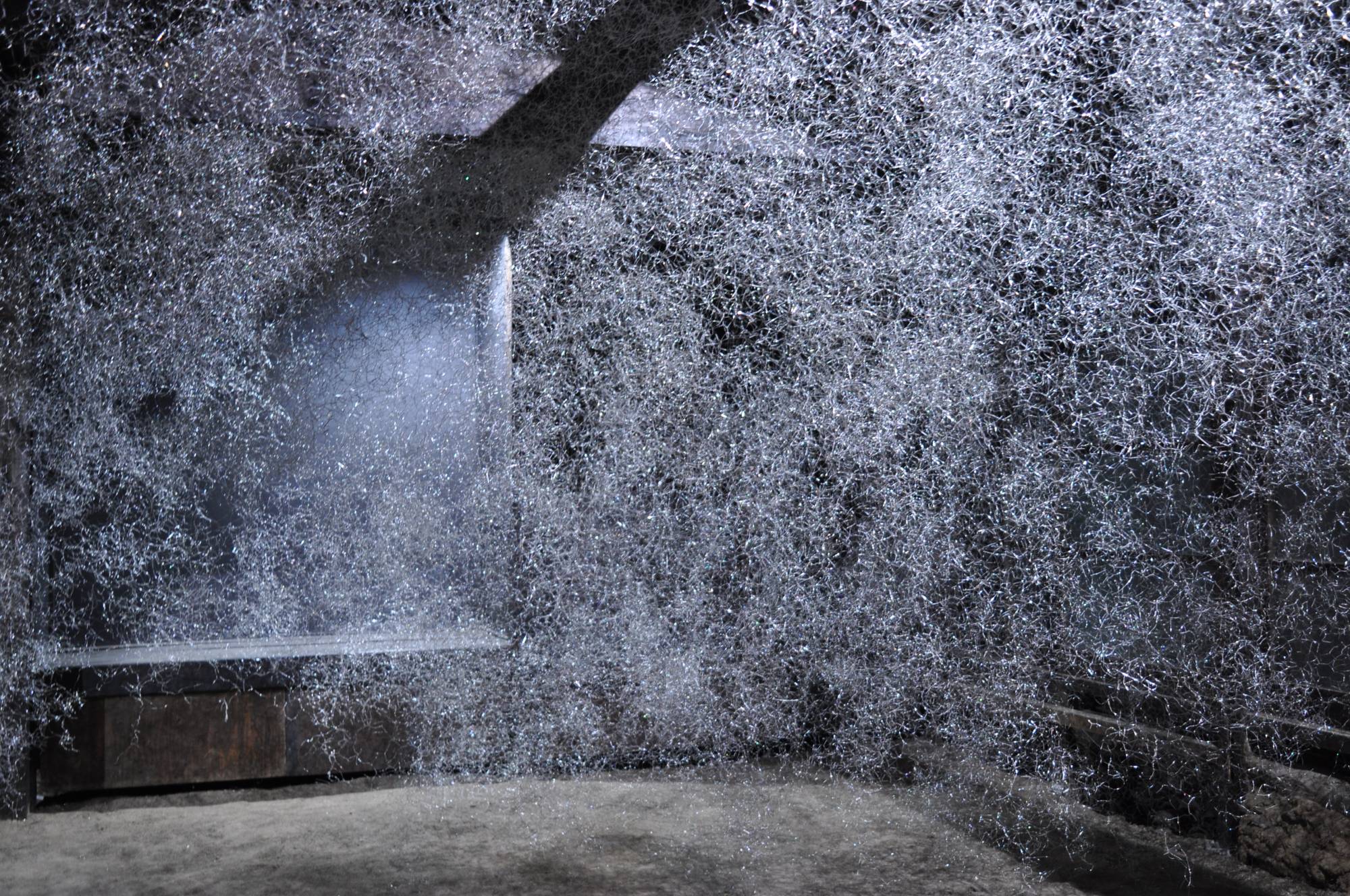As Japan moves from summer to autumn, both air and light are thinning out. While oil paintings and photographs cloistered inside Tokyo’s white-walled museums will remain largely unaffected, the dimming of the year will have a profound effect on the numerous site-specific artworks nestled in nature across the Seto Inland Sea.
This is by design. The art on Naoshima, home of the original Seto art site, was originally conceived in the 1980s by publishing powerhouse Tetsuhiko Fukutake and Chikatsugu Miyake, then-mayor of the island. Together with architect Tadao Ando, they created a space for art to live among the natural elements, a concept seen widely throughout Japan today but which was one of a kind at the time.
The Setouchi Triennale was founded in 2010, off the success of Naoshima. The art event has since expanded its reach to 12 islands, four of which are only open for the fall season, which runs from Sept. 29 to Nov. 6. The climate of the region is warm with relatively little rainfall, and so the artworks, often situated in old Japanese-style houses with open sides, are exposed to natural sunlight throughout the day. This light, in turn, highlights, as writer Junichiro Tanizaki might say, the “immutable tranquility” or the “magic of shadows.” Here’s a few of the autumn-only works, old and new, that stand out for the way they play with light and shadow.



















With your current subscription plan you can comment on stories. However, before writing your first comment, please create a display name in the Profile section of your subscriber account page.